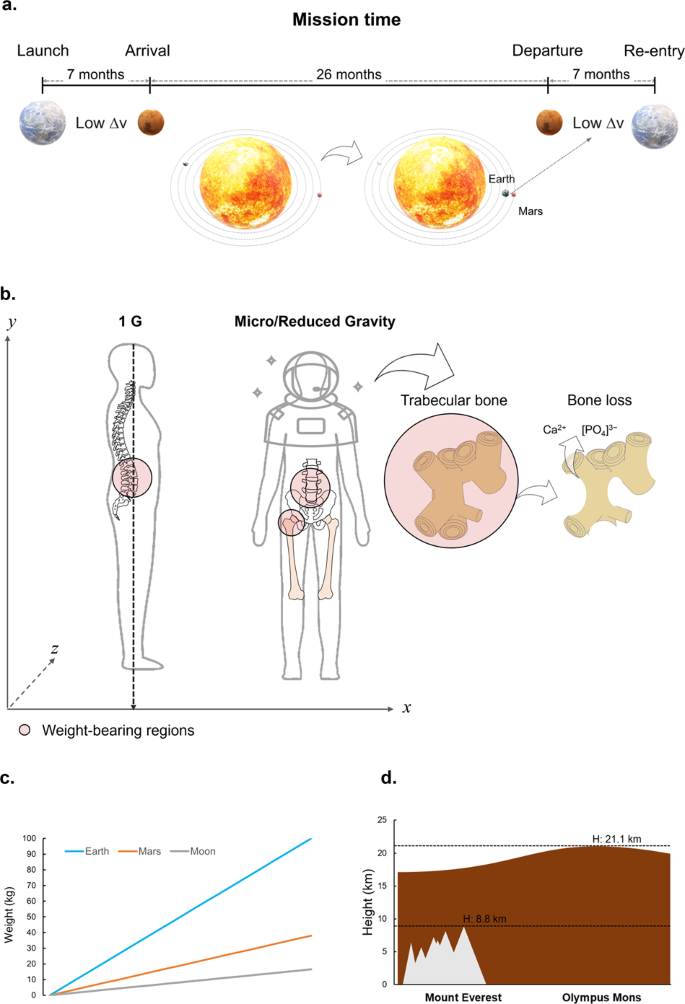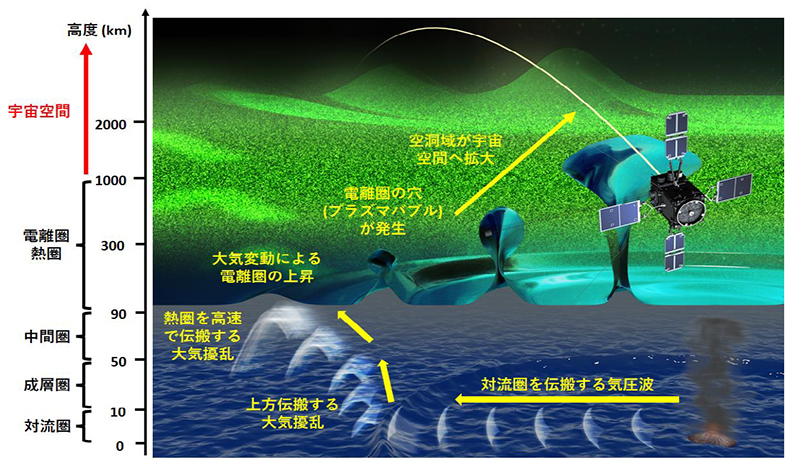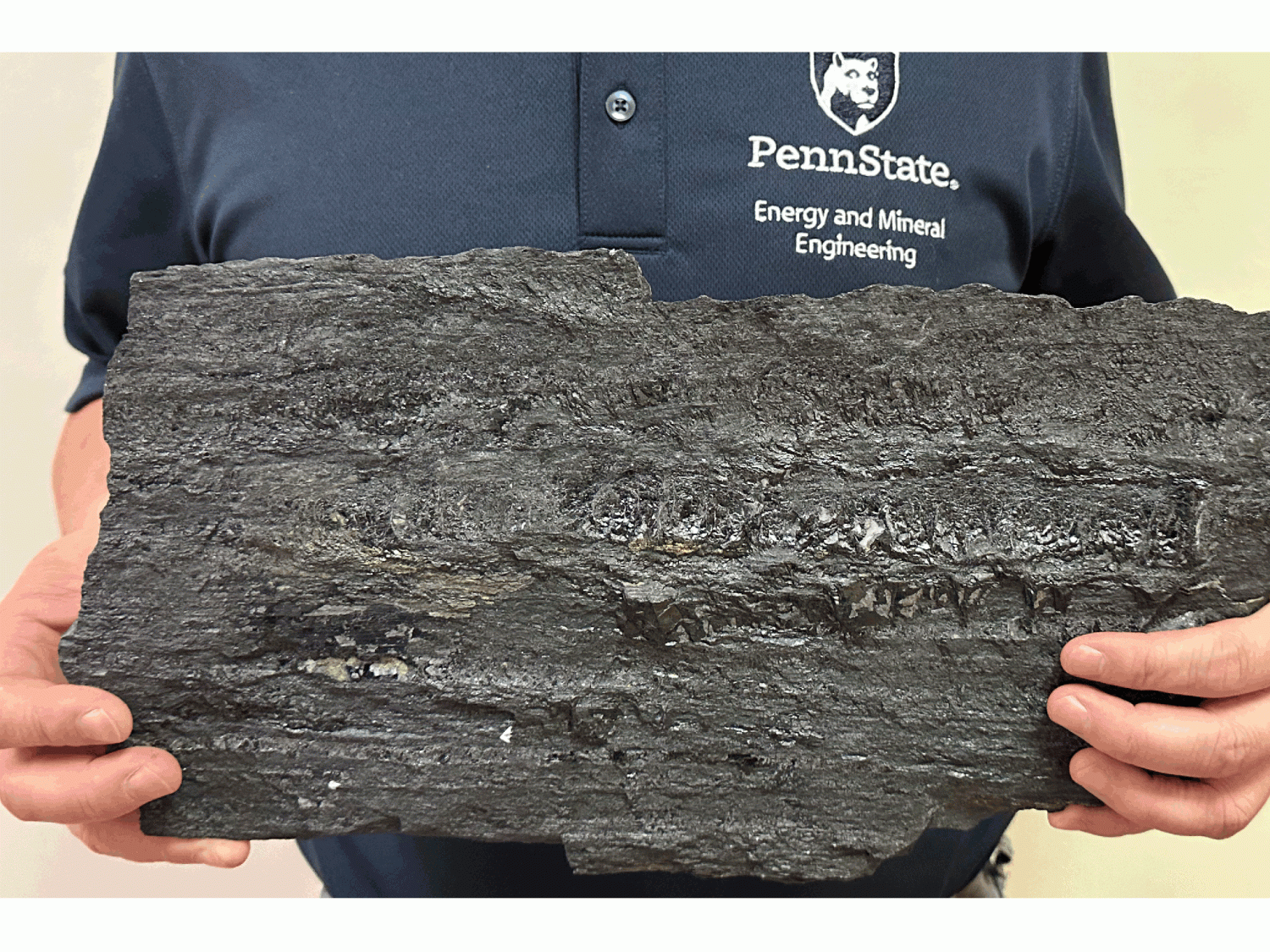ノース・ヨークシャーの地下深くにあるトンネルは、人類が月や火星でどのように生活し、活動できるかを研究するユニークな機会を提供しています。 Tunnels deep underground in North Yorkshire are providing a unique opportunity to study how humans might be able to live and operate on the Moon or on Mars.
2023-04-23 バーミンガム大学
◆このプロジェクトは、月や火星の過酷な環境下での科学的および医学的な活動方法を調査し、他の惑星でのミッションの持続性を確保するために重要です。深宇宙ミッションにおける生命維持システムや組織修復に関連する情報を収集し、新たな治療法の開発に役立てることが目指されています。また、深宇宙放射線や隕石の被害から宇宙クルーを保護するための地下施設の有効性も調査されます。
◆Bio-SPHEREプロジェクトは、3D構造モデルの開発や細胞培養、動物モデルの実験などを予定しており、人類の長期的な宇宙探査に向けた準備と新たな治療法の発見に貢献することが期待されています。
<関連情報>
- https://www.birmingham.ac.uk/news/2023/a-deep-underground-lab-could-hold-key-to-habitability-on-mars
- https://www.nature.com/articles/s41526-023-00266-3
バイオエンジニアリングと外科的修復のための宇宙居住施設:深宇宙ミッションにおける再建用および研究用組織の必要性に対処する。 Space habitats for bioengineering and surgical repair: addressing the requirement for reconstructive and research tissues during deep-space missions
Alexandra Iordachescu,Neil Eisenstein & Gareth Appleby-Thomas
npj Microgravity Published:25 March 2023
DOI:https://doi.org/10.1038/s41526-023-00266-3

Abstract
Numerous technical scenarios have been developed to facilitate a human return to the Moon, and as a testbed for a subsequent mission to Mars. Crews appointed with constructing and establishing planetary bases will require a superior level of physical ability to cope with the operational demands. However, the challenging environments of nearby planets (e.g. geological, atmospheric, gravitational conditions) as well as the lengthy journeys through microgravity, will lead to progressive tissue degradation and an increased susceptibility to injury. The isolation, distance and inability to evacuate in an emergency will require autonomous medical support, as well as a range of facilities and specialised equipment to repair tissue damage on-site. Here, we discuss the design requirements of such a facility, in the form of a habitat that would concomitantly allow tissue substitute production, maintenance and surgical implantation, with an emphasis on connective tissues. The requirements for the individual modules and their operation are identified. Several concepts are assessed, including the presence of adjacent wet lab and medical modules supporting the gradual implementation of regenerative biomaterials and acellular tissue substitutes, leading to eventual tissue grafts and, in subsequent decades, potential tissues/organ-like structures. The latter, currently in early phases of development, are assessed particularly for researching the effects of extreme conditions on representative analogues for astronaut health support. Technical solutions are discussed for bioengineering in an isolated planetary environment with hypogravity, from fluid-gel bath suspended manufacture to cryostorage, cell sourcing and on-site resource utilisation for laboratory infrastructure. Surgical considerations are also discussed.



